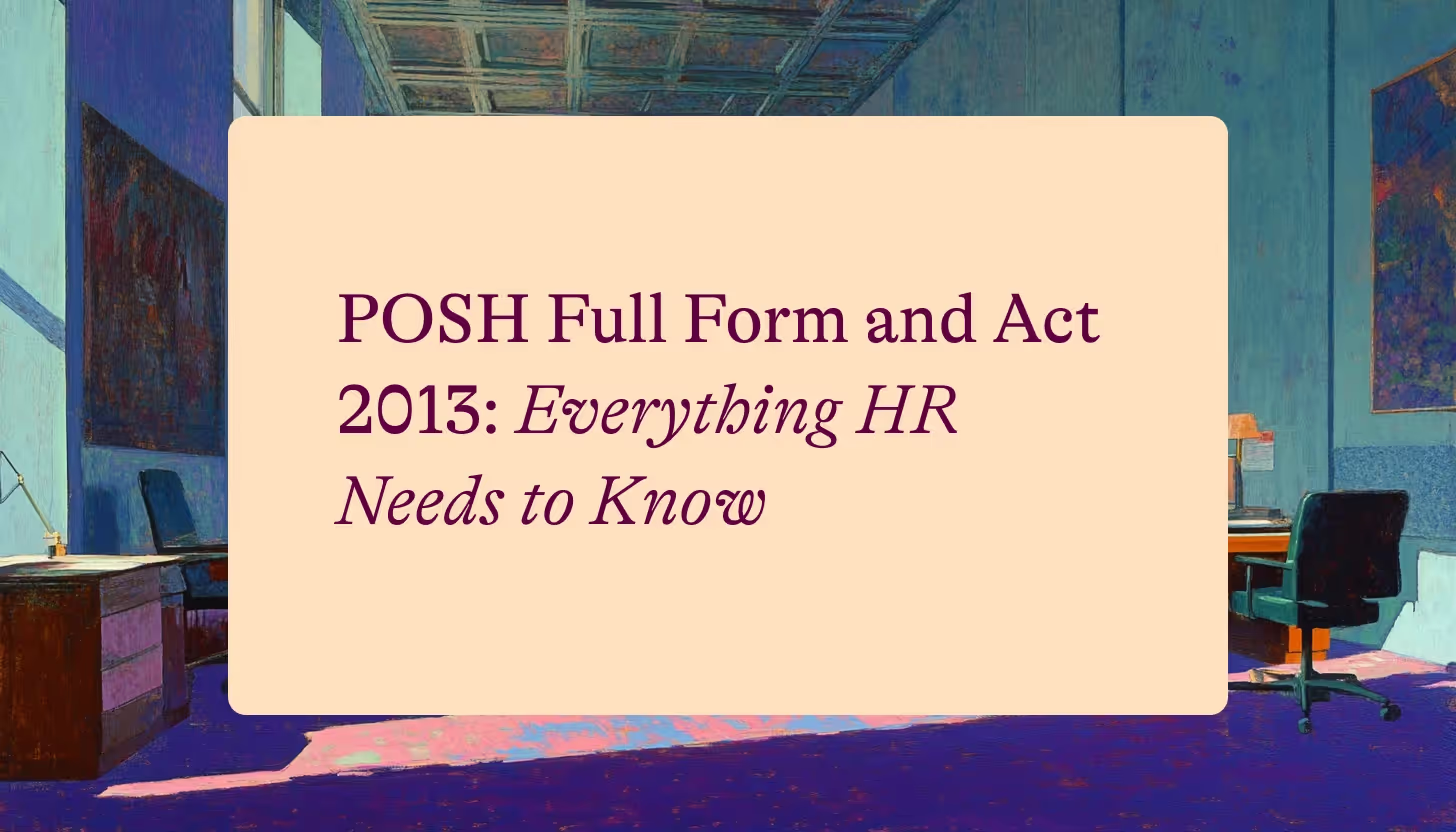When an employee resigns, their journey with the company doesn’t just end with a goodbye email or farewell party. The last piece of the puzzle — and one of the most requested HR documents — is the relieving letter.
For HR professionals, especially those new to the role, knowing the correct relieving letter format is essential. It ensures a smooth transition for employees, maintains compliance, and protects the company’s reputation. Sometimes, a clean and professional relieving letter can help you get good employee testimonials. Let’s walk through everything you need to know: what it is, why it matters, and the best formats you can use.
What is a Relieving Letter?
A relieving letter is an official document issued by the employer to confirm that an employee has formally resigned, completed their notice period, and been relieved from all duties.
Think of it as a “closing statement” for an employee’s tenure. It acknowledges:
- The employee’s last working day
- Clearance of responsibilities
- Settlement of dues
- Approval to join a new organization without pending obligations
For HRs: this letter acts as proof that the company has no claims against the employee.
Why is a Relieving Letter Important?
For employees
- Serves as documentary evidence of resignation acceptance
- Required during background checks for the next employer
- Provides closure on their employment journey
For employers
- Avoids disputes about pending work or dues
- Builds goodwill with departing employees
- Creates a record trail for compliance and audits
A relieving letter is a simple document, but with big implications for trust and transparency.
Key Components of a Relieving Letter Format
To create a professional relieving letter, ensure you include the following details:
- Company details: Letterhead, address, date, and reference number
- Employee details: Full name, designation, employee ID, and department
- Employment period: Date of joining and date of resignation acceptance
- Last working day: Clearly mention the final day of employment
- Confirmation: State that the employee is relieved of duties and all settlements are cleared
- Closing remarks: Optional, but a positive note helps maintain relationships
- Authorized signatory: Signature, name, and designation of the HR or employer representative
Relieving Letter Format Samples
Here are three ready-to-use templates that new HRs can adopt straight away.
1. Standard Relieving Letter Format
[Company Letterhead]
Date: [DD/MM/YYYY]
To,
[Employee Name]
[Designation]
[Department]
Subject: Relieving Letter
Dear [Employee Name],
This is to acknowledge the receipt of your resignation letter dated [Resignation Date]. We confirm that you have been relieved from your duties with [Company Name] effective from the close of business on [Last Working Day].
Your tenure with the company was from [Date of Joining] to [Last Working Day]. We confirm that all your dues have been settled.
We thank you for your contributions and wish you success in your future endeavors.
Sincerely,
[Authorized Signatory]
[Designation]
[Company Seal]
2. Short & Crisp Relieving Letter Format
[Company Letterhead]
Date: [DD/MM/YYYY]
To,
[Employee Name]
Dear [Employee],
This is to confirm that you have been relieved from your duties at [Company Name] effective [Last Working Day].
We wish you the very best in your future career.
Sincerely,
[Authorized Signatory]
3. Relieving Letter with Appreciation
[Company Letterhead]
Date: [DD/MM/YYYY]
To,
[Employee Name]
Subject: Relieving Letter
Dear [Employee Name],
With reference to your resignation dated [Resignation Date], we hereby confirm that you have been relieved from your services with [Company Name] effective [Last Working Day].
During your tenure from [Date of Joining] to [Last Working Day], you have made valuable contributions to the [Department/Project].
We sincerely appreciate your dedication and wish you continued success in your professional journey.
Warm regards,
[Authorized Signatory]
Tips for HRs When Issuing Relieving Letters
- Always issue the letter on the company’s official letterhead
- Double-check key dates (joining, resignation, last working day)
- Avoid any negative remarks — keep tone professional
- Maintain a signed copy for HR records
- Share both hard and soft copies with the employee
Common Mistakes New HRs Make
- Mixing up documents: Confusing relieving letters with experience letters or resignation acceptance letters
- Missing dates: Forgetting to mention the last working day
- Delays: Taking too long to issue the letter, causing frustration for employees and bottlenecks for new employers
Relieving Letter vs. Experience Letter
FAQs About Relieving Letters
1. Is a relieving letter mandatory in India?
A relieving letter is not legally mandatory, but most employers require it during background verification.
2. What if an employee doesn’t serve notice period?
HRs may issue the relieving letter with a remark on settlement or adjust against notice pay, depending on company policy.
3. How soon should HR issue a relieving letter?
Ideally the relieving letter should be issued within 7–15 days of the employee’s last working day.
4. Can a company deny issuing a relieving letter?
Yes, in rare cases of absconding or unresolved disputes, but this often creates complications for both parties.
5. What’s the difference between a relieving letter and a no-dues certificate?
The NDC confirms clearance of financial and asset obligations; the relieving letter confirms employment closure.
Conclusion
For HRs, especially those starting out, having a standard relieving letter format is non-negotiable. It not only streamlines exits but also reflects the professionalism of your HR function.
A good relieving letter is short, factual, and timely — and it goes a long way in leaving a positive final impression on employees.
.avif)










.avif)














